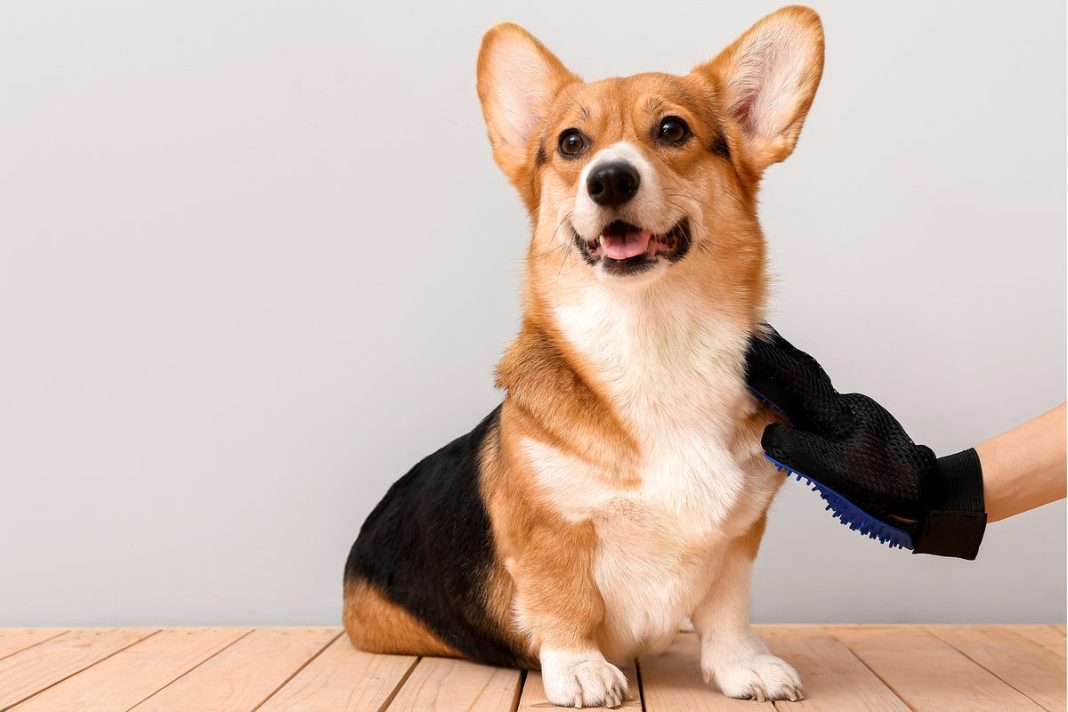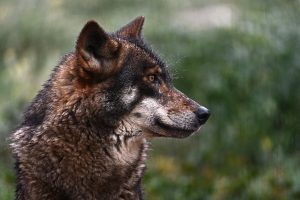Key Findings
- Dog domestication began nearly 11,000 years ago during the Middle Stone Age
- Skull transformation started shortly after the last Ice Age
- International research team analyzed 600+ prehistoric canine skulls over 50,000 years
Dogs began evolving from wolves much earlier than previously believed, with physical changes starting nearly 11,000 years ago according to groundbreaking new research. This challenges the long-held assumption that Victorian-era selective breeding initiated canine domestication.
Decade-Long Research Reveals Ancient Transformation
An international team spent over ten years collecting and analyzing prehistoric canine remains spanning 50,000 years of evolution. Using digital 3D models of more than 600 skulls, researchers discovered that dog skulls started changing shape approximately 11,000 years ago, shortly after the last Ice Age ended.
The study shows ancient wild relatives had slender, wolf-like appearances, while domesticated dogs developed shorter snouts and stockier heads over time.
Evidence of Early Human-Canine Bonds
The relationship between humans and dogs dates back millennia. Archaeological evidence includes the burial of a young diseased puppy and an adult canine alongside a human in northern Europe 15,000 years ago, indicating early domestic status.
Researchers suggest the relationship began when wolves started scavenging food from hunter-gatherers, with tamer wolves receiving preferential treatment that eventually led to domestication.
Expert Perspectives on Canine Evolution
Dr Allowen Evin from the University of Montpellier, a lead researcher, explained: “When you see a Chihuahua – it’s a wolf that’s been living with humans for so long that it’s been modified.”
The research, published in Science journal, notes that wolf-like dogs among modern breeds “highlights the complexity of disentangling the biological and cultural status of the earliest domestic individuals.”
Dr Carly Ameen from the University of Exeter told the BBC: “It’s likely to be a combination of interaction with humans, adapting to different environments, adapting to different types of food – all contributing to the kind of explosion of variation that we see. It’s hard to untangle which of those might be the most important one.”





